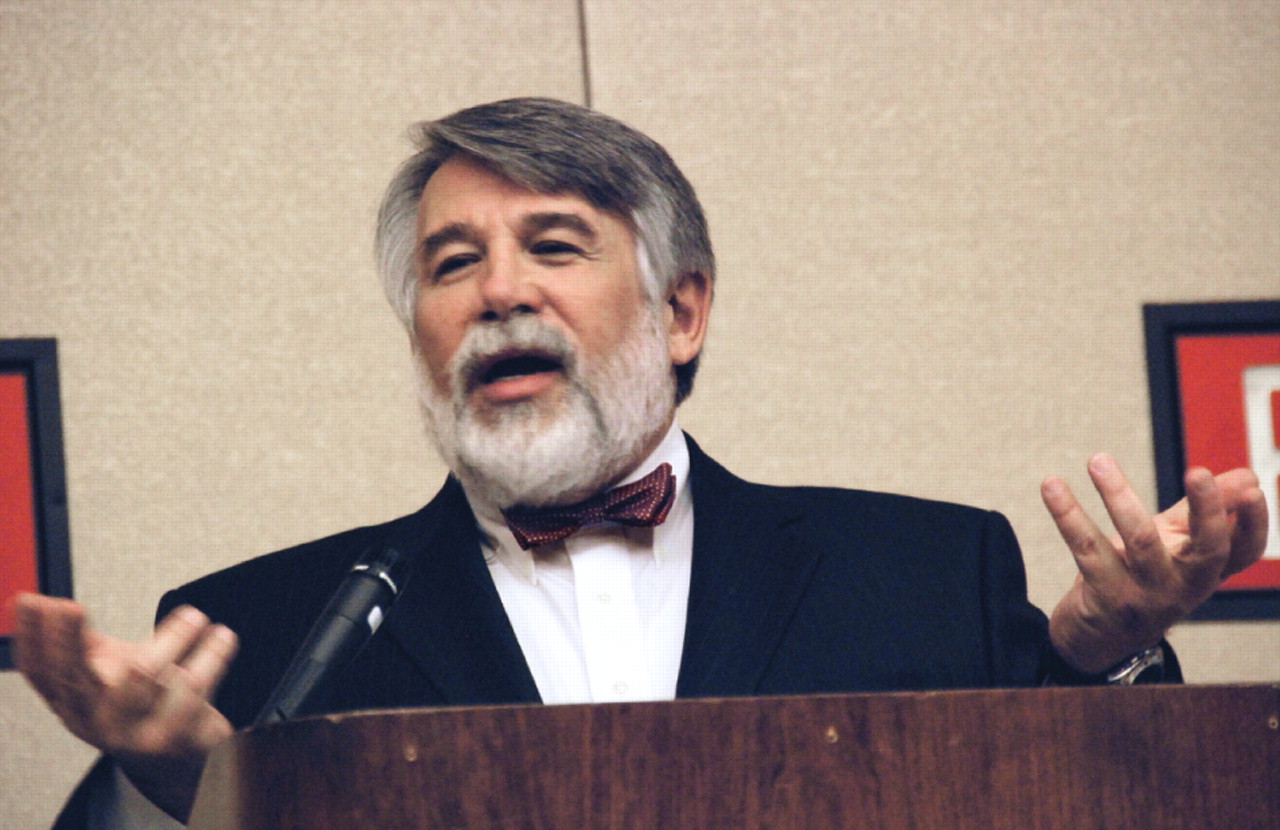Centennial Finds Juvenile Research Institute Thriving
How do you connect the “Dick and Jane” elementary school readers and the Chicago Cubs to the history of child psychiatry research?
The classic reading primers, familiar to a certain generation of once-young scholars, grew out of work done by Chicago's Institute for Juvenile Research, which celebrates its 100th anniversary this year, said Bennett Leventhal, M.D., director of the Institute's Center for Child Mental Health and Developmental Neuroscience. (We'll get to the Cubs in a minute.)
Leventhal recapped the institute's history as he received the George Tarjan Award for Contributions in Developmental Disabilities at the annual meeting of the American Academy of Child and Adolescent Psychiatry in Chicago last October.
Founded as the Juvenile Psychopathic Institute, t he center grew out of a movement that saw delinquency not as a cause for punishment, but for the“ treatment, care, custody, and discipline of the neglected and dependent child.”

Bennett Leventhal, M.D., addresses attendees at the annual meeting of the American Academy of Child and Adolescent Psychiatry after being presented the George Tarjan Award for Contributions in Developmental Disabilities. He recounted the history of Chicago's 100-year-old Institute for Juvenile Research.
Credit: Aaron Levin
The institute was housed first in Hull House, the settlement house (it would be called a community center today) founded by social reformer Jane Addams in Chicago in 1889. By the late 19th century, rapid industrialization and immigration had produced intense poverty, crime, and disease in Chicago. Child labor was uncontrolled, homeless children slept in the streets, and playgrounds were nonexistent. When children drifted into crime, they were sent to prisons with adults. The creation of juvenile courts changed some of that, but more was needed.
The institute's first director, William Healy, M.D., began a five-year research program funded by private money, said Leventhal. His work resulted in a textbook on delinquency—one of the first of its kind—and a systematic method of evaluating a child's medical, social, and psychiatric history.
In 1917 the institute was taken over by the state of Illinois and renamed the Institute for Juvenile Research. It established cooperative programs with freestanding child guidance clinics and schools in the city and around the state. Emphasis shifted from criminal to noncourt referrals over the same time.
In the 1920s and 1930s, the organization began including a sociological dimension in its work. The Chicago Area Project concluded that crime and delinquency were not caused by ethnicity but by physical deterioration of the neighborhood and community disorganization. Geography mattered most. Even if the ethnicity of a neighborhood changed, delinquency was likely to continue there if the community remained disorganized and poor.
The Behavior Research Fund was begun in 1926 and supported hundreds of publications on delinquency, child development, intelligence, and related subjects. Psychologist Marion Monroe's work on early childhood reading programs led to the Dick and Jane readers.
The institute reflected the intellectual waves that drove psychiatry in general, adopting a psychoanalytic orientation in the 1940s and 1950s, followed by a more biological approach in subsequent years, said Leventhal. The state gave up control in 1990, and the institute became part of the Department of Psychiatry at the University of Illinois-Chicago. In 2008, 15,000 patients visited the institute, which trains psychiatrists, psychologists, and social workers, and conducts $60 million of research.
Leventhal did not limit his remarks to his own institution. The current site of the University of Illinois Medical School, to which the Institute for Juvenile Research belongs, was once the West Side Grounds, where the Chicago Cubs played before settling into the friendly confines of Wrigley Field.
The Cubs, of course, haven't won a World Series since 1908, the very year the institute was founded. It's a record of failure that leaves fans feeling anxious during the season and depressed every October.
Moreover, Leventhal swears, beyond the left-field wall of the old ballpark stood the state psychiatric hospital, a location that gave rise to the expression “out of left field,” conveying a source of the unexpected or irrational and providing another link between mental health and the Chicago Cubs. ▪



